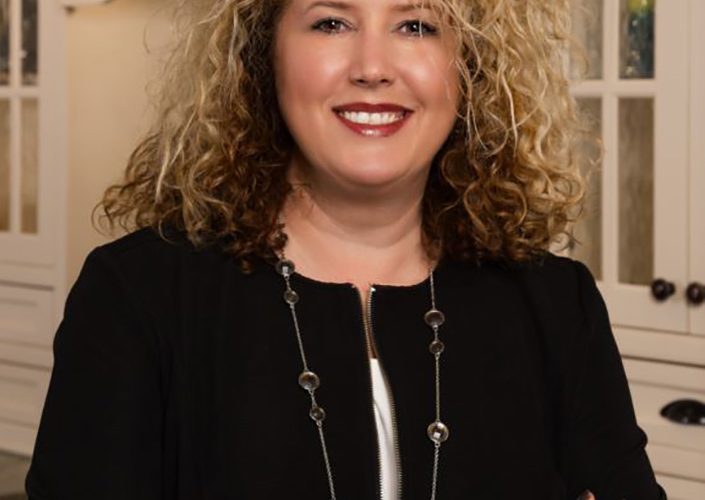Ep.81: Success with Daily Logs with Jason Stearns
Today we’re tackling what can be a simple topic, but some remodeling companies are still struggling with daily job logs. Technology has made this task so much easier to accomplish and to store.
In this episode, Jason Stearns talks with Tim and Steve about what to capture in a daily log, how to get your project managers to do it effectively, and why it’s a legal necessity.
Jason has been in high-end residential market in San Francisco for almost 30 years, including projects working with many prestigious architecture firms. He joined Jeff King & Co. as director of production in 2017. Since then, he’s helped implement the use of Procore for their production teams, standardized the project scheduling formats, and started a weighted numeric skills assessment system for evaluating the carpentry and labor staff to identify needed training for advancement.
The daily log is a working tool that helps you track your scheduling commitments from subcontractors, keep records to protect you and your company during disputes, and other information. Jason talks about how his company uses daily logs, and the benefits, including:
- Using templates for the log
- What information to record
- Tracking inspections
- Using it as a legal document in lawsuits
- How to get your team’s buy-in
- Making everyone accountable
- Using the logs in a project review
- Why to keep them private
- And more …
If you’re still on the fence and not regularly keeping daily logs, Jason says keeping one for every job, every day, is the best insurance you can have against your company getting hurt in a legal dispute.
Tell Us More …
We’ve gotten fantastic ideas from our listeners for topics and guests. If you’ve got a suggestion for Tim, drop him a line at tim@remodelersadvantage.com.












